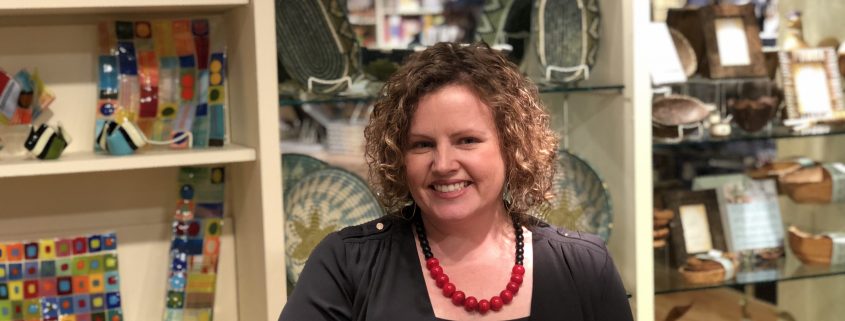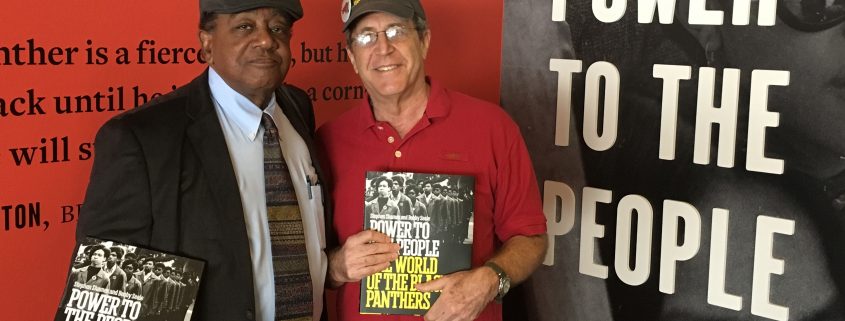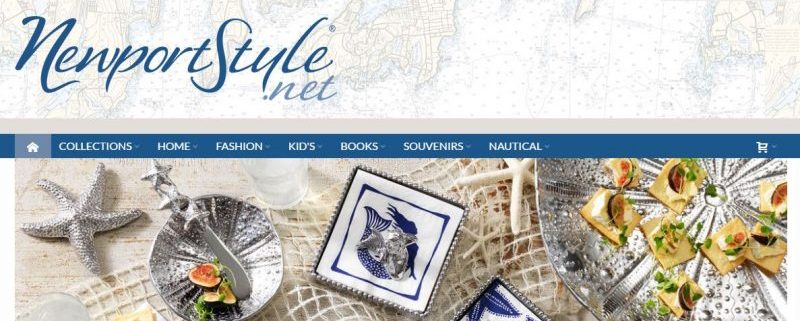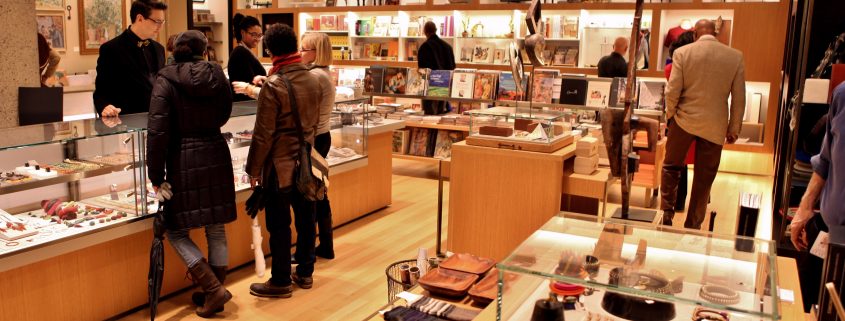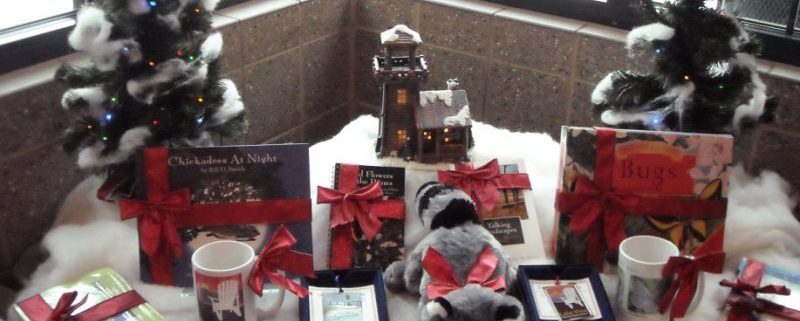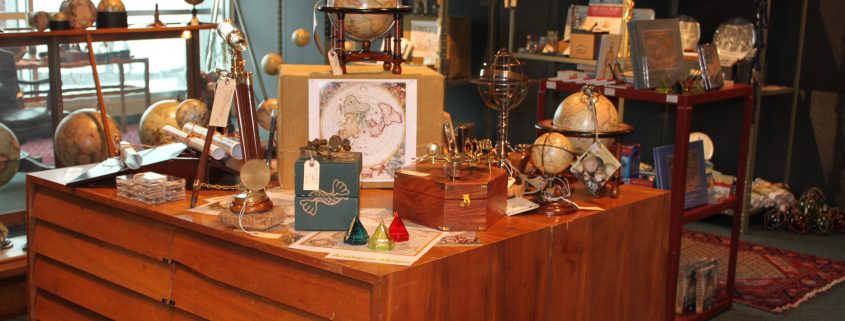MSA FORWARD: An International Perspective
June 25, 2018
By Rebecca Allport
I recently traveled to the USA on a Gallery scholarship to attend the annual Museum Store Association conference in Washington, DC, followed by a trip to New York City to meet with the retail teams at the Metropolitan Museum of Art, the Museum of Modern Art and the Whitney Museum of American Art.
What a trip!
It came about because we are in the middle of expanding the Art Gallery of New South Wales and transforming it into one of the world’s great art museums. Called the Sydney Modern Project, this expansion will enable the display of more of our art collection and the hosting of more major exhibitions from around the world.
It’s due for completion in 2021 for the Gallery’s 150th anniversary, and the new building complex will provide space for art in all its evolving forms, with opportunities to learn, create, discover and engage. Oh, and let’s not forget about a brand new shop, in prime position in the entrance foyer. This will give us two permanent shops, one in each building, and the potential for more temporary exhibition shops.
We are currently in the planning phase for the Sydney Modern shop design, so it was timely for me to attend the MSA conference in Washington, DC, and to visit New York City, as both are overflowing with incredible museums and galleries – and they really know how to do cultural retail well.
I arrived in Washington, DC’s cherry blossom season, and before the conference started I hit as many museums as I possibly could. Now, I have a confession to make and I know this is a safe environment in which to make it, because we all live and breathe cultural retail, right? Oh boy I hope so. Here goes: whenever I visit a museum or gallery, I visit the shop first. The art comes second. I can’t help myself, my feet just automatically take me to the shops. You do the same, right???
So – I did see some breathtaking art. I am always struck by the size and calibre of many international gallery collections. They really are very impressive. But – back to the shops.
It was an incredible opportunity for me to look at what other retailers are doing in cultural spaces. What challenges do their retail teams face? How are the teams divided across various trading areas? How is product mix split across multiple shops? What are the latest trends for branded merchandise? Are we, as Australian cultural retailers, keeping abreast of international trends, and are we competing on a global level?
I was particularly impressed by the National Gallery of Art, and how they cleverly adapted their retail spaces across both heritage and contemporary buildings.
Once the conference began, I attended so many interesting and informative sessions. Among my favorite topics up for discussion were managing social media, creating a strategic plan for your museum shop, and public relations for museum retailing. There was even a session on the 2018 Museum Store Sunday, with creative ideas discussed about promoting the day and getting your institution’s marketing team on board. And lastly, store metrics and KPIs: telling your story through numbers. These really are an excellent way to advocate for your shop to your institution’s executive and management team. Metrics matter because they enhance our stories with quantitative measurements of success, and our board members and executive strategic planners respond to these. Those metrics help to give us a clear voice and demonstrate the worth of our having a seat at the table.
This also ties into something I’ve noted in Australia that was reinforced for me in Washington, DC while listening to opening keynote speaker Rich Pedott, VP and General Manager of the Met. It’s that no matter our size, we all struggle with the same issues.
For example, with 7 million visitors per year, 33 million online visitors and a 70-80% conversion rate, the main Met shop has not been refurbished since 1992! Don’t get me wrong – I saw it when I visited, and they still manage to make it look fabulous – but as Rich explained, the fittings are dated and tired and in need of a refurbish. Their ongoing issue is securing funds through convincing the institution’s board members to invest in the retail business.
On many levels, we all face these funding challenges, and we need to continue to be advocates for our shops, within and beyond our galleries and museums. We need our voices to be heard and we need that seat at the table. This will be my challenge with the Gallery Shop’s new design and fit-out – to balance our commercial and logistical needs with the architect’s and retail designer’s visions – and I’m anticipating many opportunities for me to champion best-practice cultural retail!
Once in NYC, I looked closely at the big guns, the Met and MoMA, to inspire me for the road ahead. Their shop fit-outs and design, product and merchandising ideas, signage options, packaging solutions, messaging about the importance of supporting the shop and gallery membership, online presence – visiting these places really does open up a world of possibilities. The Met blew me away with their immaculate presentation and merchandising, MoMA was the pinnacle of on-brand aesthetic, and the Whitney showed the world how to build a stunning shop in a glass cube with no walls!
These visits also reminded about me about what we are already doing well at home. We may not have the budget, huge teams, or big name of the Met or MoMA, but by benchmarking ourselves against the best in the business, we can better measure our strengths.
Overall, the trip was an invaluable way to prepare for the Gallery’s retail future. At the conference, it was amazing to be in a room with hundreds of people passionate about cultural retailing to discuss our unique industry niche. Throughout my visit, I met wonderful people who were full of enthusiasm for what they do and the institutions they work for, and I’m more determined than ever to keep raising the bar here in Sydney.
And since this is a museum shop readership, I should also answer the most important question about my trip – yes, I bought loads of cool stuff.
Rebecca has worked at The Gallery Shop at The Art Gallery of New South Wales since 2001, and has been the Retail Manager since 2013. She starte d as a Stock and Sales Officer, then became the Retail Operations Manager and Giftware Buyer in 2008. She is responsible for the commercial retail business, including temporary exhibition shops and advises the Publications Committee on all AGNSW publications.
d as a Stock and Sales Officer, then became the Retail Operations Manager and Giftware Buyer in 2008. She is responsible for the commercial retail business, including temporary exhibition shops and advises the Publications Committee on all AGNSW publications.
[Photos courtesy of the Art Gallery of New South Wales]



